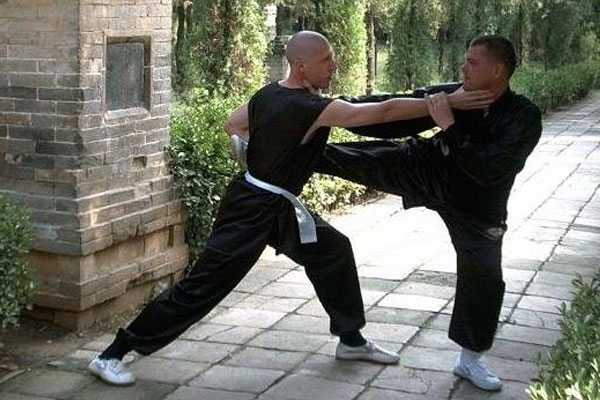Martial Arts Near Me
Wing Chun
Wing Chun, a traditional Chinese martial art, is renowned for its practicality, efficiency, and unique approach to combat. From its humble origins to its modern-day status, Wing Chun has become a highly respected discipline, captivating practitioners and enthusiasts all over the world.
Wing Chun's history can be traced back to the Qing Dynasty in China, during the early 18th century. It was developed by a Buddhist nun named Ng Mui, who sought to create a martial art that could overcome physical limitations by relying on technique and efficiency rather than brute strength. Ng Mui adapted her knowledge of Shaolin Kung Fu, blending it with her understanding of internal energy cultivation, to create what is now known as Wing Chun.
The name Wing Chun represents the legend behind this art. According to the story, Ng Mui named the art after her first student, a young woman named Yim Wing Chun, who successfully used the techniques to defend herself against a predatory warlord. This tale, although steeped in folklore, symbolizes the practicality and effectiveness of Wing Chun's techniques.

Wing Chun's techniques are characterized by their simplicity, directness, and economy of motion. The art prioritizes close-range combat, focusing on preemptive strikes and efficient defensive maneuvers. Wing Chun practitioners rely on a set of core principles, including centerline theory, simultaneous attack and defense, and maintaining a strong stance rooted in balance and stability.
Central to Wing Chun is the concept of "Chi Sao" or "sticky hands," a unique training method that cultivates sensitivity, reflexes, and the ability to flow with an opponent's movements. In Chi Sao, practitioners engage in close-range drills, maintaining constant contact with their partner's arms while exchanging strikes, blocks, and controlling techniques. This training method enhances the practitioner's ability to read and respond in real-time, developing lightning-fast reflexes and adaptability.
Wing Chun's utilization of the centerline theory is distinctive and highly effective. The centerline represents an imaginary line running vertically through the center of the body. Wing Chun practitioners seek to control this line, launching strikes and defending while staying on the centerline. By maintaining this advantageous position, they can neutralize incoming attacks while simultaneously launching counter-attacks.
Another unique aspect of Wing Chun is the emphasis on simultaneous attack and defense. This principle allows practitioners to intercept an opponent's attack before it gains momentum, simultaneously launching their own counter-attack. This approach minimizes the risk of being overwhelmed by simultaneously maintaining a strong defense while launching an effective offense.
Footwork in Wing Chun is based on a principle known as "Yiu Ma" or "Yiu Choi," also referred to as the "Y" stance. This stance enables practitioners to maintain a strong foundation while trapping and maneuvering around an opponent, maximizing control and leverage. The footwork in Wing Chun is designed to be agile, efficient, and minimize unnecessary movement, allowing practitioners to close the distance quickly and deliver rapid, powerful strikes.
In contemporary times, Wing Chun has gained global recognition due to its practicality, efficiency, and adaptability. It has been popularized by martial arts movies, most notably in the Ip Man series, which showcased the legendary Wing Chun grandmaster, Ip Man, who trained Bruce Lee. This exposure has led to an increased interest in Wing Chun and a subsequent rise in the number of practitioners.
Moreover, Wing Chun's effectiveness in close-range combat has found practical application in mixed martial arts (MMA) and self-defense systems. Its focus on close-quarter techniques, sensitivity training, and simultaneous attack and defense have proven beneficial in real-world scenarios. Its simplicity and practicality make it accessible to practitioners of various ages, body types, and fitness levels.
Today, Wing Chun continues to evolve, with various branches and interpretations being passed down from generation to generation. Different lineages may emphasize certain aspects or techniques according to their ancestral teachings, resulting in subtle variations in training methods and approaches. However, the underlying philosophy and core principles of Wing Chun remain constant.
Wing Chun's rich history, unique techniques, and practicality have secured its place among highly revered martial arts. Whether it is through its legendary origins, its focus on efficiency and simplicity, or its influence in contemporary combat systems, Wing Chun continues to captivate and inspire practitioners worldwide. Its legacy endures as a testament to Ng Mui's vision of creating a martial art accessible to all, regardless of physical attributes, and its modern-day status attests to its effectiveness and adaptability in a rapidly changing world.